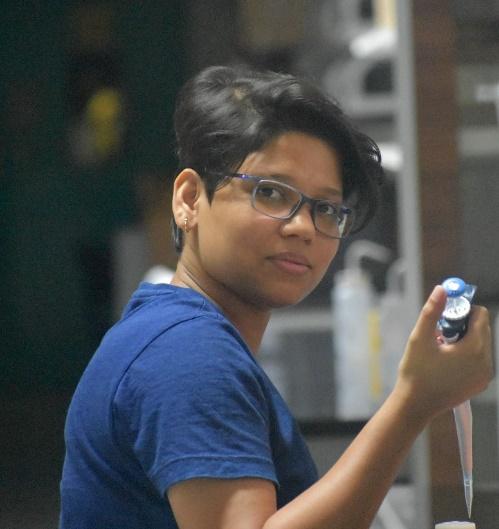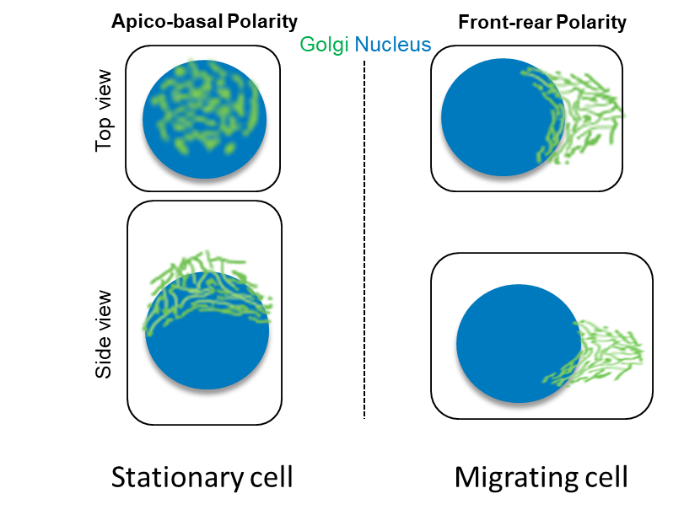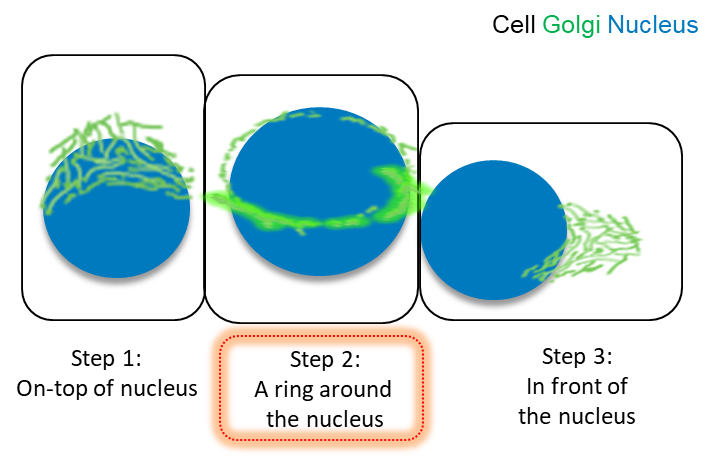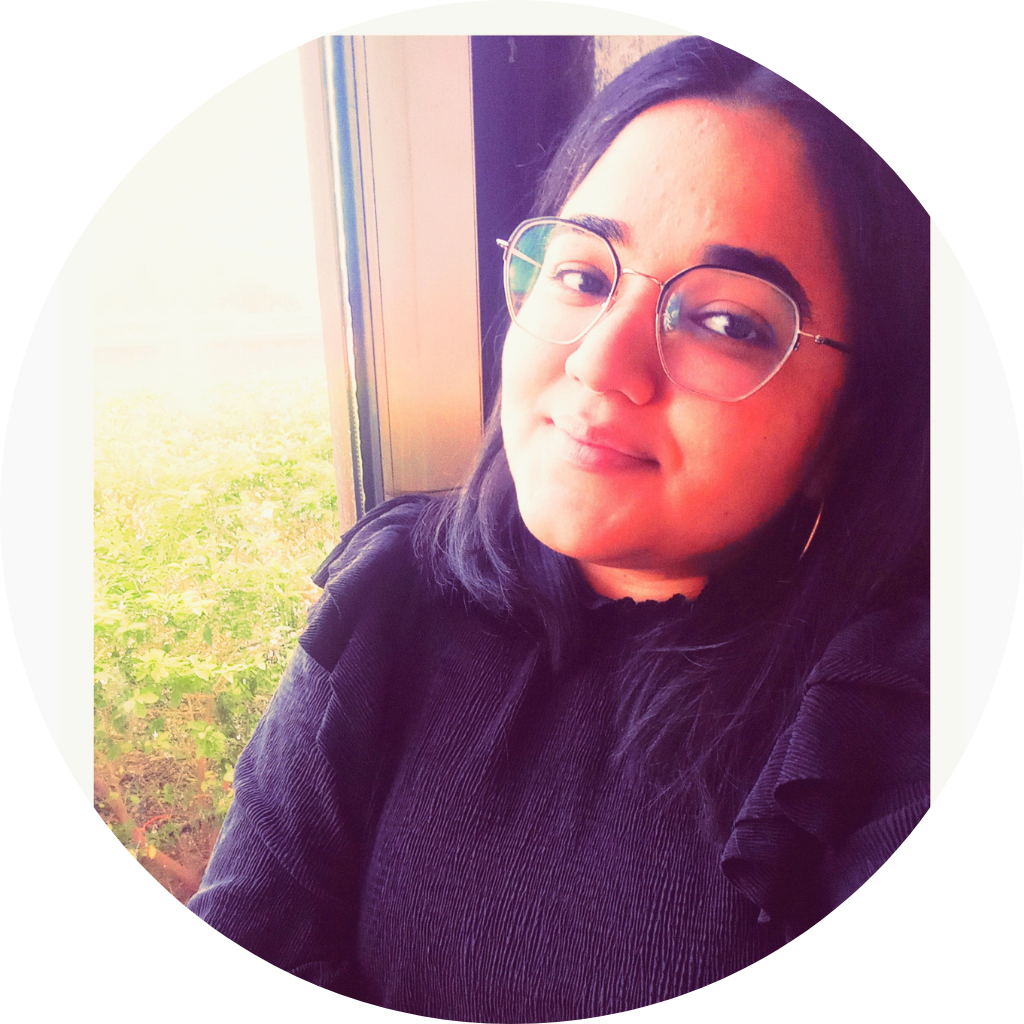About author
Purnati Khuntia is a Microbiology graduate from University of Delhi (M.Sc. and B.Sc. Microbiology). She is pursuing her PhD. in Cell Biology/Mechanobiology from the Collective Cell Dynamics Lab under Dr. Tamal Das from Tata Institute of Fundamental Research, Hyderabad. She is trying to address how the Golgi polarity change occurs during collective cell migration, and its importance in wound healing. Beyond a passionate researcher in the lab, Purnati likes Cycling and Badminton, and exploring Philosophy of Absurdism.




